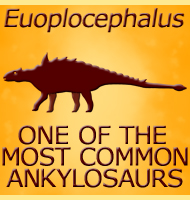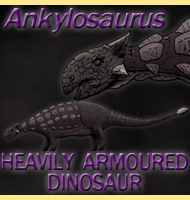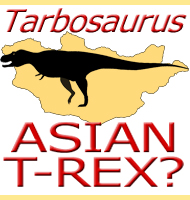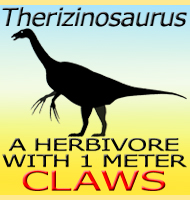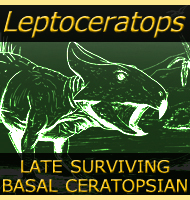

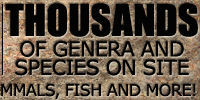
Zaraapelta
Name:
Zaraapelta
(Hedgehog shield).
Phonetic: Zah-raah-pelt-ah.
Named By: V. M. Arbour, P. J. Currie
& D. Badamgarav - 2014.
Classification: Chordata, Reptilia, Dinosauria,
Ornithischia, Thyreophora, Ankylosauridae, Ankylosaurinae.
Species: Z. nomadis (type).
Diet: Herbivore.
Size: Preserved length of the skull about 40
centimetres.
Known locations: Mongolia - Barun Goyot
Formation.
Time period: Campanian of the Cretaceous.
Fossil representation: Almost complete skull missing
the snout.
At the time of its description only known from a partial skull, Zaraapelta is a genus of ankylosaur that lived during the late Cretaceous. The Zaraapelta holotype skull was found in the Barun Goyot Formation of Mongolia, indicating that Zaraapelta shared the same ecosystem as two other ankylosaurid genera called Tarchia and Saichania. Out of these, Zaraapelta is considered to be most closely related to Tarchia. The fact that three separate ankylosaur genera could co-exist at the same approximate time as one another is seen as an indicator that Mongolia in the Cretaceous must have had substantial amounts of plant growth. In addition to these ankylosaur genera, several other types of plant eating dinosaurs such as ceratopsians and pachycephalosaurs are also known.
Further reading
- The ankylosaurid dinosaurs of the Upper Cretaceous Baruungoyot and
Nemegt formations of Mongolia. - Zoological Journal of the Linnean
Society 172: 631–652. - V. M. Arbour, P. J. Currie
& D. Badamgarav - 2014.
----------------------------------------------------------------------------
Random favourites
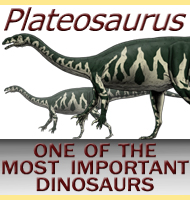 |
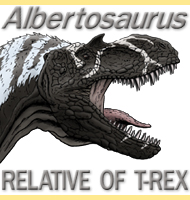 |
 |
